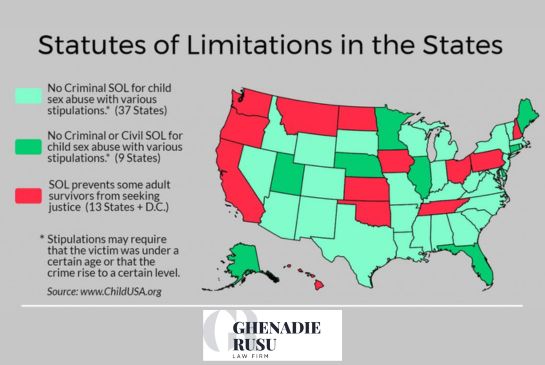Being released from immigration detention usually involves a process known as an immigration bond. An immigration bond is a contract between the U.S. government and the detainee, stating that the detainee will appear for all immigration hearings and abide by the final order of the court.
Here are the steps involved in securing release from detention:
- Bond Eligibility: Not all detainees are eligible for bond. Those with certain criminal records or who pose a risk to national security may not be allowed to bond out of detention. It’s important to consult with an immigration attorney to understand your or your loved one’s eligibility.
- Bond Hearing: If the detainee is eligible, a bond hearing will be scheduled. At this hearing, an immigration judge will consider various factors such as the detainee’s immigration history, family ties in the U.S., criminal record, and potential flight risk to determine if a bond should be granted and to set the bond amount.
- Paying the Bond: If a bond is granted, it must be paid in full to ICE. This is often done through a bond agent. Once the bond is paid, the detainee can be released from custody.
- Complying with Bond Conditions: After release, the detainee must comply with all bond conditions, including appearing at all future court hearings. Failure to comply could result in the bond being revoked and the detainee being taken back into custody.
Bond Eligibility and Motion for Bond Hearing Immigration
Before requesting a bond hearing, it is vital to assess a person’s eligibility for release. Not all detainees qualify for bond, particularly those with certain criminal records or who pose a threat to national security. Our team can help you understand your or a loved one’s eligibility and, if applicable, assist in filing a motion for bond hearing immigration.
The Immigration Bond Hearing and Factors Considered by the Judge
Once eligible, a bond hearing immigration will be scheduled. At this hearing, the immigration judge will contemplate various factors, such as:
- The detainee’s immigration history
- Family ties in the U.S.
- Criminal records
- Potential flight risk
Rely on Our Expert Legal Support
Providing guidance throughout the release process, our expert team will help navigate the complexities involved in an immigration bond hearing. From assessing eligibility for the bond to preparing for the bond hearing and ensuring compliance with bond conditions, we are committed to assisting you or your loved one in achieving a successful release from detention.
At the Law Office of Ghenadie Rusu, we understand how stressful and complex this process can be. Our experienced team is here to provide guidance and advocacy every step of the way. From assessing eligibility for bond to preparing for the bond hearing and ensuring compliance with motion conditions, we are committed to helping you or your loved one secure release from detention and navigate the immigration process successfully.
Contact us today to schedule a consultation and discuss your case.













